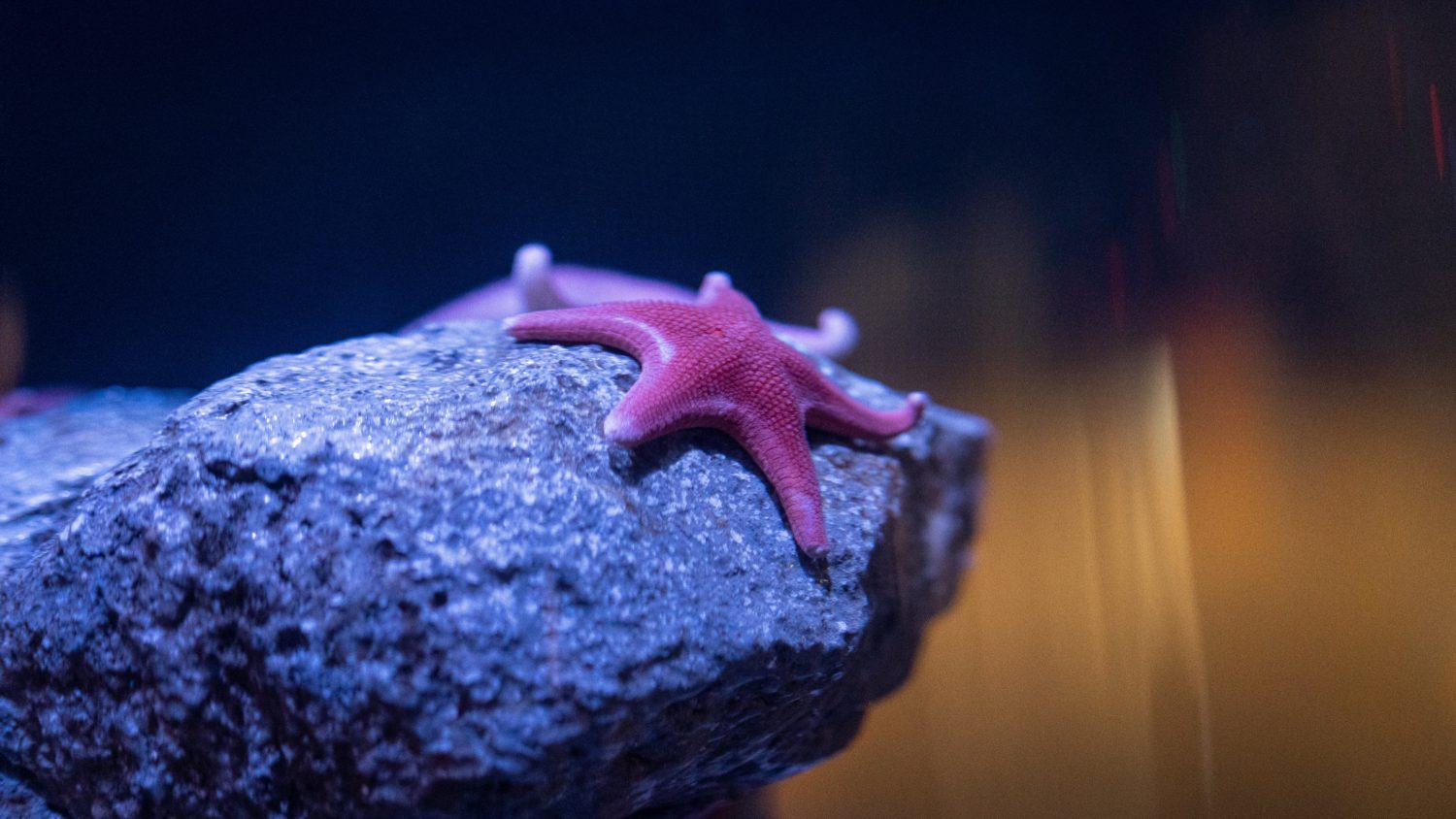Written by Kate Leavitt
We get this question a lot. Nearly every day, visitors ask our naturalists why they can’t find sea stars in our Tide Pool Touch Tank anymore. It’s not because these animals are really good at hiding, or that we’ve forgotten to put any in the tank. Unfortunately, many sea stars in North America have been afflicted with Sea Star Wasting Disease (SSWD) and ours have been affected as well. When sea stars are infected with Sea Star Wasting Disease, they purposely disengage their limbs from their central disk and eventually die.
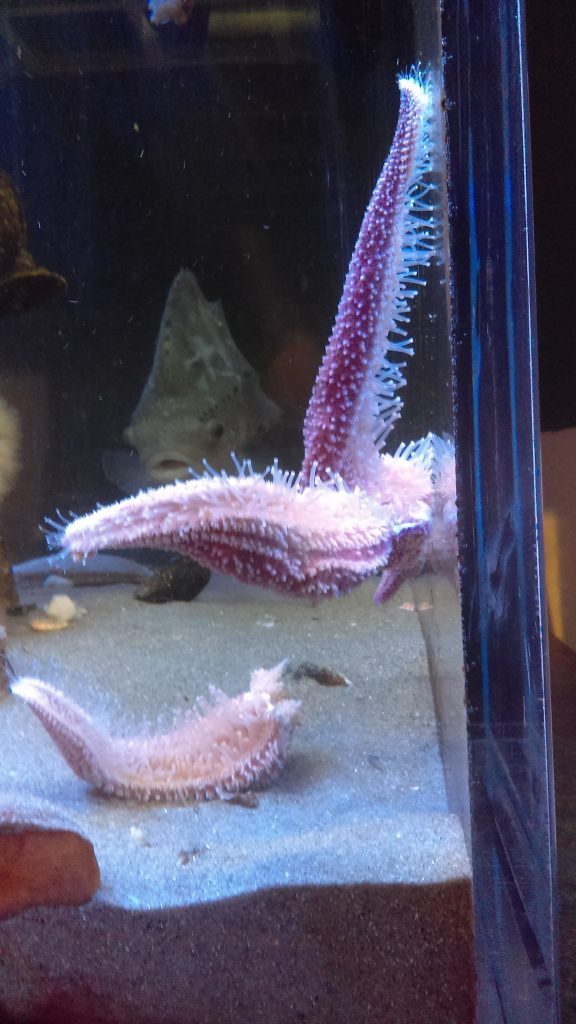
Over the past several years, we have lost more than 50 sea stars. In 2017, we published an in-depth blog post explaining SSWD and hoped that the disease would quickly run its course. It did slow down and we were able to get some healthy sea stars again but the disease has returned and we have removed all sea stars from our public exhibits. Our aquarist team is trying a new treatment on several sea stars in an isolation tank out back but until we can ascertain that the sea stars are disease-free, we cannot introduce them back into shared tanks.
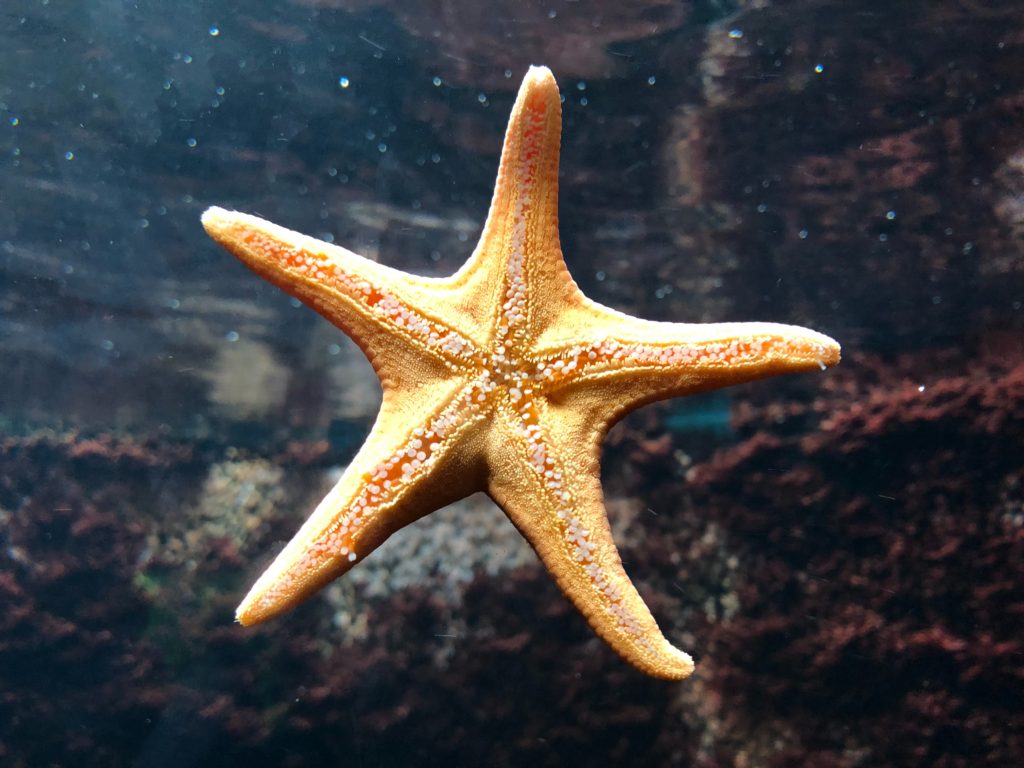
So while we wait for more research and results, what are the real-life implications of a mass sea star die-off in the ocean? The ecological effects can be quite large. Sea stars are often referred to as keystone predators, or predators that are dominant in their ecosystems. Sea stars control a variety of prey species, most notably molluscs, such as dog whelks and blue mussels. This predation effectively stabilizes populations and helps to maintain biodiversity. The loss of sea stars as predators could completely change the population of the rocky intertidal zone landscape. There could also be a “mosaic” response, in which mussel species dominate in some areas and not others. Long term implications depend greatly on the pace and scale of sea star recovery.
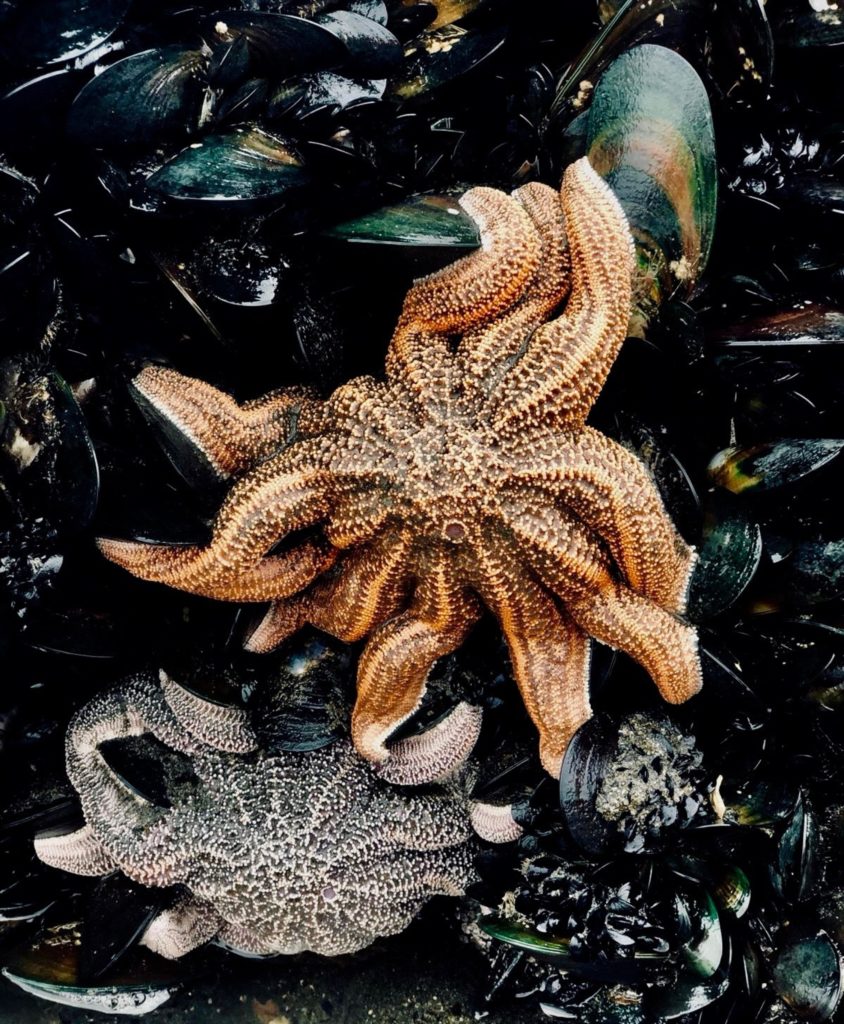
Helping visitors learn more about the ocean ecosystem is one of the goals of our naturalists and volunteers. Talking about the interconnectedness of sea stars with other organisms in the rocky shore ecosystem, the health and interconnectedness of that ecosystem with the larger ocean biome, and ultimately with humans, encourages scientific thinking and reasoning. Chats alongside the Tide Pool Touch Tank help raise awareness and increase understanding of the importance of ocean conservation and biodiversity. We hope these kinds of interactions will encourage people to take actions in their own lives that support a healthy ocean.
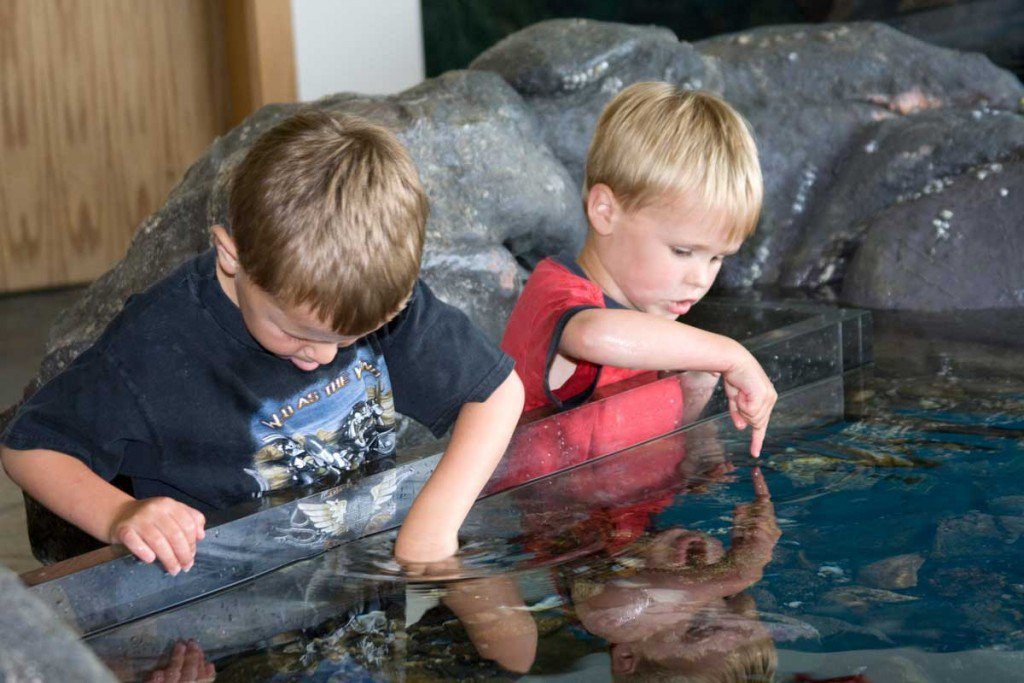
One day, healthy sea stars will hopefully be able to rejoin other animals in the Touch Tank but for now, please don’t hesitate to ask questions when you are here. Our team loves curious visitors and does their best to answer inquires from all ages.
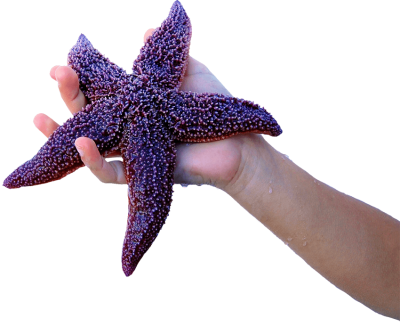
This post was originally published in September, 2019 by the Seacoast Science Center, a proud partner of the Every Drop Alliance.
#EveryDropMatters


